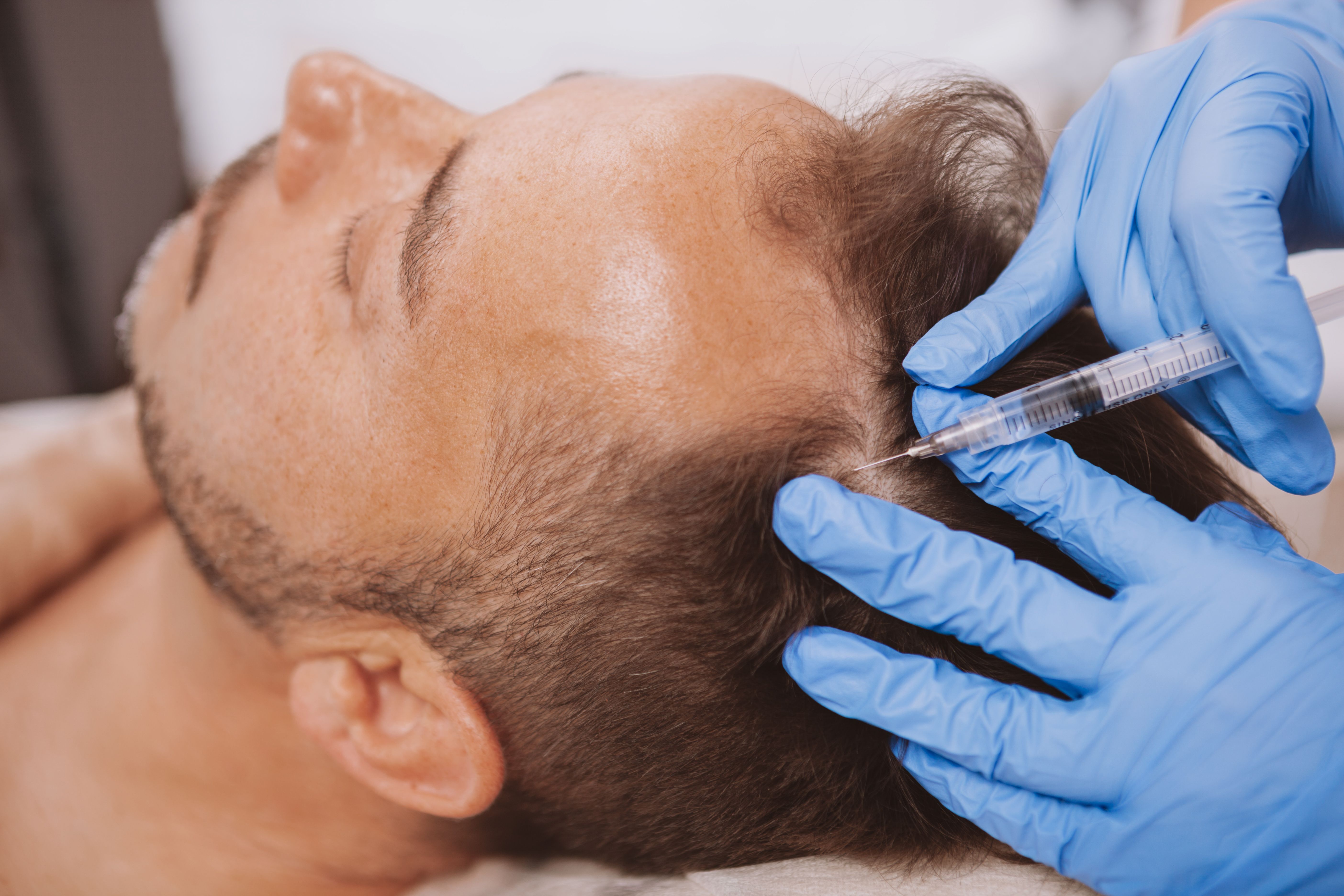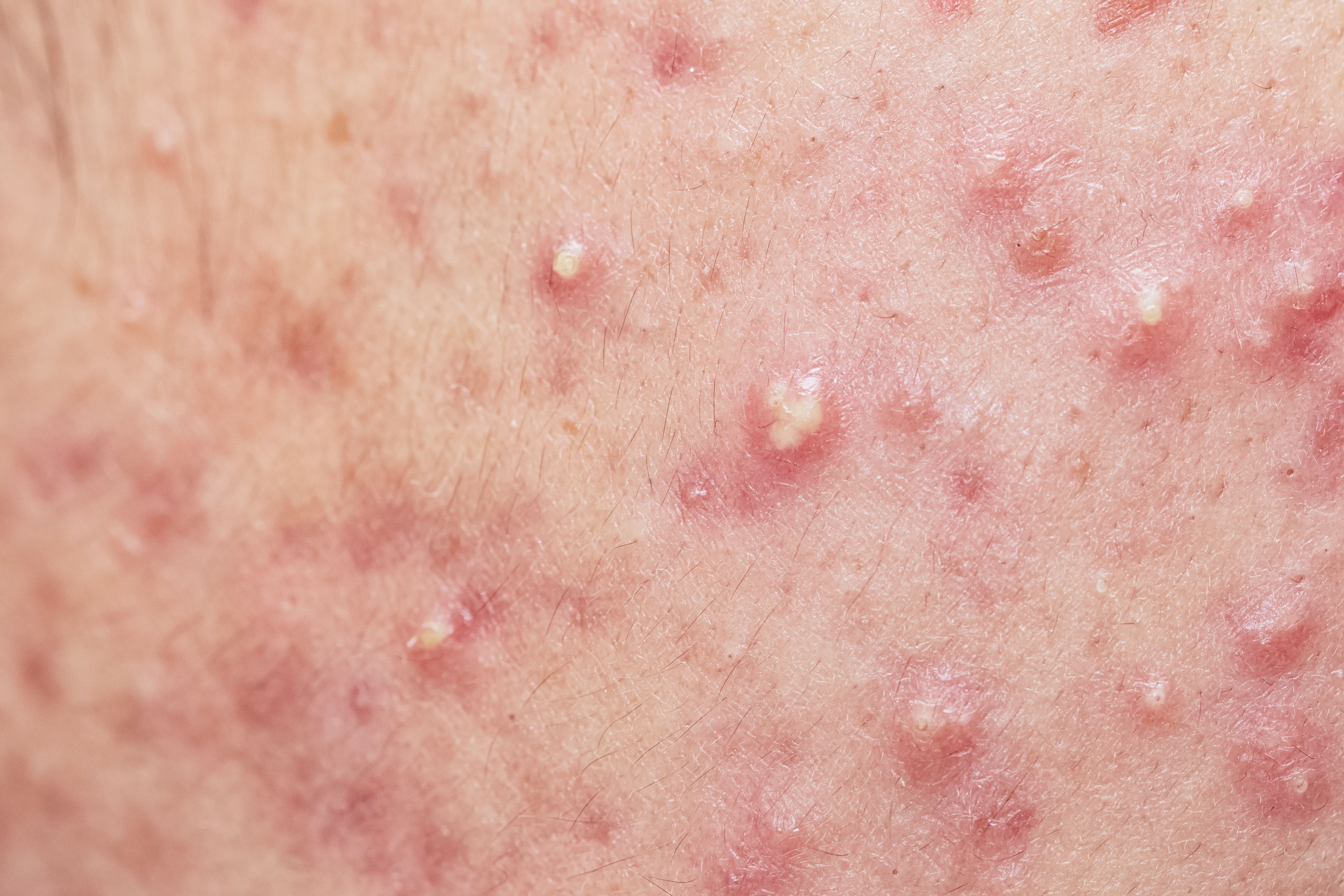- General Dermatology
- Eczema
- Chronic Hand Eczema
- Alopecia
- Aesthetics
- Vitiligo
- COVID-19
- Actinic Keratosis
- Precision Medicine and Biologics
- Rare Disease
- Wound Care
- Rosacea
- Psoriasis
- Psoriatic Arthritis
- Atopic Dermatitis
- Melasma
- NP and PA
- Skin Cancer
- Hidradenitis Suppurativa
- Drug Watch
- Pigmentary Disorders
- Acne
- Pediatric Dermatology
- Practice Management
- Prurigo Nodularis
Article
Isotretinoin associated with eye infection risk
Author(s):
Teens whose acne is treated with isotretinoin may face twice the risk of eye infections, including conjunctivitis and styes, researchers say.
Tel Aviv, Israel - Teens whose acne is treated with isotretinoin may face twice the risk of eye infections, including conjunctivitis and styes, researchers say.
A research team with Maccabi Institute for Healthcare Services Research, Tel Aviv, Israel, collected data on nearly 15,000 teens and young adults taking isotretinoin to treat acne, HealthDay News reports. The researchers compared this group’s rate of eye infections to an age- and gender-matched group that had acne but was not taking the drug, and to a third group that didn’t take the drug and had no acne.
Within a year of starting the medication, nearly 14 percent of those in the acne medication group developed an eye infection or dry eyes, compared with almost 10 percent in the group that had acne but did not take the medications, and about 7 percent in the group that had no acne.
Compared with the acne-free group, those taking isotretinoin were at 70 percent increased risk of an eye infection over the course of a year. The most common problem was conjunctivitis, which about 4 percent of teens taking isotretinoin developed, compared with 2 percent of those without acne and not taking the medication. Other problems included hordeolum, chalazion, blepharitis, dry eyes or eye pain, researchers determined.
Isotretinoin can disrupt the function of the meibomian glands, which keep the eye lubricated. Most side effects of the drugs can be prevented by using artificial tears to keep the eyes lubricated, experts say.
The study appears in Archives of Dermatology.
Go back to the Dermatology Times eNews newsletter.





